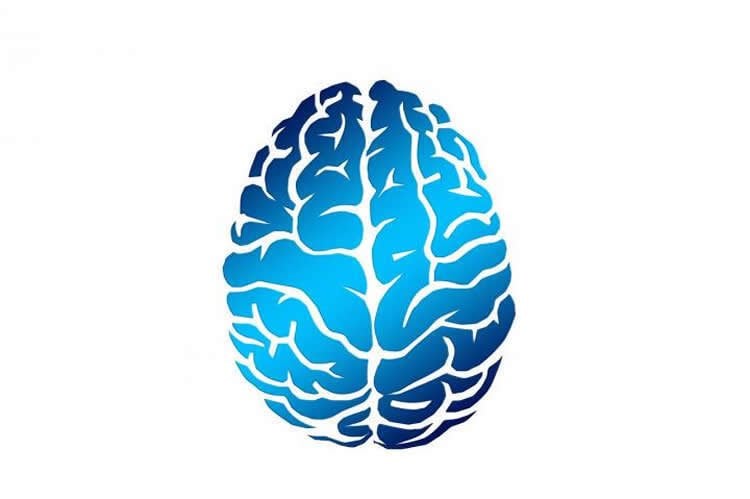Summary: Using brain simulations, researchers report emergency cooling techniques could help to minimize long term damage that arises as a result of birth complications and limit the effects of stroke.
Source: University of Edinburgh.
Fresh insight into how the brain responds to medically induced cooling could inform treatments for head injuries and conditions such as stroke.
The study, carried out in 3D simulations, could also help babies at risk of birthing complications.
A newly developed model of cooling’s impact on the scalp has shown that the process – routinely used to limit head injury – can prompt a beneficial drop in temperature deep in the brain.
The research shows that lowering the brain temperature after head injury or stroke helps relieve pressure inside the head to avert swelling and further injury, especially in critical cases.
Researchers examined in greater detail than ever before how lowering scalp temperature impacts on blood vessels and tissue throughout the brain.
The model, developed by engineers in collaboration with medical experts at the University of Edinburgh, is the first to take into account simultaneous flow, heat transfer and metabolism between arteries, veins and brain tissue in three dimensions throughout the organ.
The results, obtained as 3D temperature and blood volume maps, could help develop and test therapeutic cooling techniques and inform sophisticated clinical trials.
Using computer simulations, researchers from found that cooling the heads of newborn babies to 10C would enable their core brain temperature to fall from a normal level of 37C to below 36C – which is recognised as low enough to aid recovery.

This could dramatically help babies at risk of long-term damage from birth complications, without having to cool their entire body, researchers say. When applied to adult brains, the model predicted cooling was able to precipitate a potentially beneficial 0.5C drop, in line with clinical observations.
Researchers who developed the latest model say it could be modified to mimic the effects of stroke in the brain, or the impact of administering drugs.
The study, published in Scientific Reports, was supported by the Engineering and Physical Sciences Research Council.
Dr Prashant Valluri, of the University of Edinburgh’s School of Engineering, who led the study, said: “Our sophisticated model should enable speedy progress in developing optimum treatments involving brain cooling, and support the development of studies on brain health.”
Professor Ian Marshall, of the University of Edinburgh’s College of Medicine, who co-led the research, said: “Getting vital patient information such as core brain temperature is a challenge and is only currently possible through expensive MRI scans. A robust model which can predict temperature and blood flow is therefore the need of the hour.”
Source: Catriona Kelly – University of Edinburgh
Publisher: Organized by NeuroscienceNews.com.
Image Source: NeuroscienceNews.com image is in the public domain.
Original Research: Open access research for “How does blood regulate cerebral temperatures during hypothermia?” by Stephen Blowers, Ian Marshall, Michael Thrippleton, Peter Andrews, Bridget Harris, Iain Bethune & Prashant Valluri in Scientific Reports. Published May 18 2018.
doi:10.1038/s41598-018-26063-7
[cbtabs][cbtab title=”MLA”]University of Edinburgh “Brain Simulation Reveals Benefits of Emergency Cooling Treatment.” NeuroscienceNews. NeuroscienceNews, 18 May 2018.
<https://neurosciencenews.com/emergency-cooling-system-9088/>.[/cbtab][cbtab title=”APA”]University of Edinburgh (2018, May 18). Brain Simulation Reveals Benefits of Emergency Cooling Treatment. NeuroscienceNews. Retrieved May 18, 2018 from https://neurosciencenews.com/emergency-cooling-system-9088/[/cbtab][cbtab title=”Chicago”]University of Edinburgh “Brain Simulation Reveals Benefits of Emergency Cooling Treatment.” https://neurosciencenews.com/emergency-cooling-system-9088/ (accessed May 18, 2018).[/cbtab][/cbtabs]
Abstract
How does blood regulate cerebral temperatures during hypothermia?
Macro-modeling of cerebral blood flow can help determine the impact of thermal intervention during instances of head trauma to mitigate tissue damage. This work presents a bioheat model using a 3D fluid-porous domain coupled with intersecting 1D arterial and venous vessel trees. This combined vascular porous (VaPor) model resolves both cerebral blood flow and energy equations, including heat generated by metabolism, using vasculature extracted from MRI data and is extended using a tree generation algorithm. Counter-current flows are expected to increase thermal transfer within the brain and are enforced using either the vascular structure or flow reversal, represented by a flow reversal constant, C R . These methods exhibit larger average brain cooling (from 0.56 °C ± <0.01 °C to 0.58 °C ± <0.01 °C) compared with previous models (0.39 °C) when scalp temperature is reduced. An greater reduction in core brain temperature is observed (from 0.29 °C ± <0.01 °C to 0.45 °C ± <0.01 °C) compared to previous models (0.11 °C) due to the inclusion of counter-current cooling effects. The VaPor model also predicts that a hypothermic average temperature (<36 °C) can be reached in core regions of neonatal models using scalp cooling alone.







